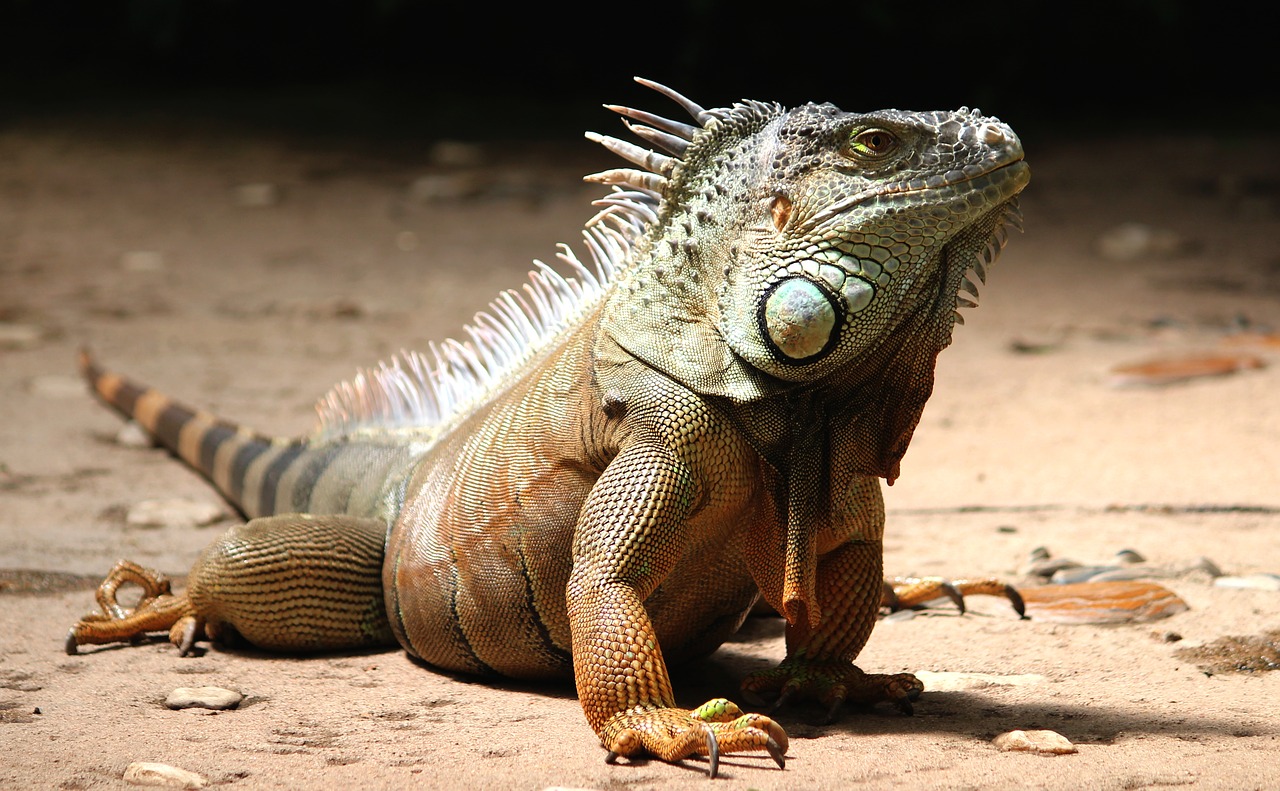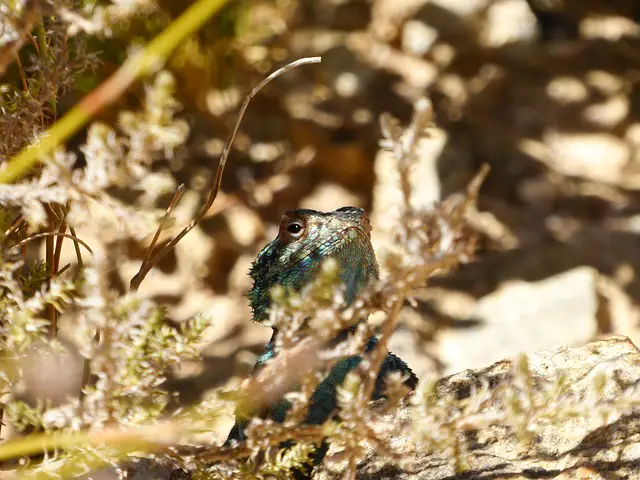Among the many reptiles in the jungle, lizards are the most common ones to be kept as pets. Although they tend to be challenging to maintain and take care of, many people, especially in the US, rescue and capture them to keep them at their homes.
A properly cared for iguana will live up to 20 years.
This will require proper habitat feeding and sleep. To a certain degree, iguanas are like dogs. They are intelligent and very affectionate. They only require a little time to know their owner.
However, be careful around them, especially if you have not given enough training on how to socialize as they can be aggressive and dangerous when they feel threatened.
Table of Contents
Iguana behavior
Iguanas are herbivores and will feed on fruits, flowers, veggies, or anything green that comes their way. They tend to highly active during the day when they will search for their feeds.
They love to spend their time near water bides and are also very great swimmers. They use this skill to stay away from predators. When threatened, they will jump from the tree branches and get to the water body near them to hide. These tough animals can jump from a surface as high as 40 feet and land on hard ground and survive.
To defend themselves, iguanas have these strong jaws, sharp teeth, and a very swift tail which they will use to intimidate their enemy. Also, when captures, these reptiles can detach their wings which grow back after some time.
Iguana growth rate
If you have an iguana in your home or are considering getting one and are having questions about their growth rate, here is what you need to know.
Depending on the iguana species, they can be as small as 5 inches and could grow up to 7 feet at their adult age. Generally, iguanas have a very high growth rate and it will only take 3 years for iguanas to reach their maximum size.
In relation to gender, male iguana tend to grow bigger than the females’ ones as they reach adulthood
Iguana’s growth rate information is vital, especially if you consider bringing one home to provide an ideal habitat for it. Many homeowners tend to keep their iguanas in a large tank with a capacity of 50 to 70 gallons of water. This is ideal when your pet is small and you will need to look for a bigger space as it grows.
To save yourself all this trouble, if you have adequate space in your home, you can spare on room and leave it for the pet. Make sure that the room is safe and will not give your iguana room to escape.
How big do iguanas get? How big should my iguana be?
The fully grown green iguana is the biggest in history. Averagely, these large reptiles can grow up to 6.5 feet long and weigh up to 11 pounds. As they approach their adult age, these creatures resemble dragons and become stronger, more muscular, and more beautiful with their long tails. Many iguana owners want their pets to be bigger since this means a healthy pet that can handle health issues as compared to the small ones.
How old does an iguana get?
A number of things will influence the lifespan of an iguana. The species is one of the major determining factors. Different species will take different periods to reach maturity. While some only require a few years, others will grow up to sixty years. Also, is the iguana growing in the wild or is it domesticated? Domesticating an iguana is not a decision to make overnight. You have to consult a specialist about taking care of them and conducting research to know exactly how long they are expected to live up to. Takin a young iguana to your home means that you are ready to dedicate your time to see it has an ideal living environment. Green iguanas, the most common lizard pets live up to 20 years, although not many will make it all this way.
For optimal living conditions, ensure that 70% of the tank is covered by water. You will need to increase the water levels to attain this. Also, create time each day to mist and bath your iguana at least twice in a day. Providing basking temperatures is another vital element in the life of an iguana. Ensure that there is a consistency of temperatures, which should always be 96-100 degrees Fahrenheit. In addition, sufficient lighting and iguana accessories should also be provided.
Most importantly, having a veterinary check your pet from time to time will help keep your pet’s good health. The vet should make physical and blood tests, as well as overall body, scans to ensure your iguana is in its best shape. Also, the specialist should examine the living environment of the iguana and recommend any adjustment is needed. All this is geared to ensuring that your iguana gets the best life and reaches its full adulthood.
Iguana diet
In the world, these reptiles have no trouble looking for food since they have green living things all over. However, pet owners should make it their responsibility to provide their pets with nutritious meals when captured. To bring up a healthy iguana, giving fresh supplies is vital. These animals are completely herbivores and will not consume any animal products given to them. In fact, when exposed to too many protein-rich foods, they are likely to have health issues like kidney failure.
While green vegetables and fruits form part of the iguana’s diet, a healthy and high-quality pellet is the major meal. Also, supplements rich in calcium and other minerals should be provided at regulated quantities, preferably those directed by your vet.
The most important pint to take is that iguanas will not chew their food. Hence, they swallow the food whole and chop the foods into smaller pieces before giving them. Also, water forms a very significant part of the meal. Provide your iguana with fresh and clean water at all times to maintain its best health. This means that you will require to change the water in the tank regularly.
Select your iguana
While green iguanas are the most common lizards, you still stand a chance to select smaller species of iguanas. These small reptiles are easy to maintain and therefore more ideal pets. Their selection involves the following varieties;
Spiny-tailed iguanas – These have their origin from Mexico and grow out to be 4.9 inches to 40 inches as adults.
Desert iguanas -Like suggests that this species originates from America’s dry areas and grows to be up to 16 inches, with the tail taking up most of its length.
Fiji crested iguana– These species come from the dry forests in northwestern Fiji. This is an endangered species and their number reduces every day. They grow to be 30 inches and will weigh up to 300 grams.
Selection by the colors of iguanas
Some individuals will prefer to select their pets by their color, regardless of the species. Iguanas come in a range of colors. They could be a blizzard, red, blue, or even albinos.

